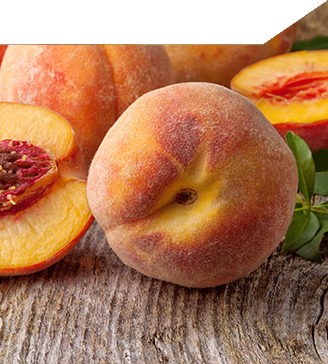
Origin / growing areas
The quince is native to the eastern Caucasus and Transcaucasia. Thanks to the Romans, it is at home in our region as well. Today, quinces are grown primarily in Asia and Europe. They are seldom cultivated commercially in Germany, although fruits grown in Baden-Württemberg and the Rhineland are of very good quality.
Description
Although quince trees were a familiar sight in German orchards for many years, they have nearly been forgotten in this country. Yet the quince is currently celebrating a kind of renaissance. The wide range of different varieties has since been narrowed for the most part to two types: the roundish apple quince and the elongated pear quince. A member of the Rosaceae family, the quince is also related to apples and pears. One of the last fruits of the year, quinces can be harvested as late as mid-November.
Distinctive features
Quinces are rich in fibre, potassium, folic acid and vitamins C and A. A quince contains more vitamin C than an apple. People have attributed healing powers to quinces (as a remedy for fever and coughs as well as gastro-intestinal problems). And by the way, our word “marmalade” is derived from the Portuguese word “marmelo”, which stands for quince.
Fruit
The skin of the aromatic yellow fruit is ordinarily covered with furry fuzz, which must be rubbed off prior to cooking, as it contains volatile oils that influence its flavour. Inside the fruit are seeds enclosed in a casing.
Flavour
As a rule, quinces are inedible in raw form. The high concentration of tannin gives the fruit a hard, bitter, woody taste. When cooked, the fruits taste much like apples or pears. Quinces are used to make jams, compotes and chutneys, or preserved as dried fruits. However, a certain type of quince cultivated in the Asian region has no furry fuzz and can be eaten raw.






